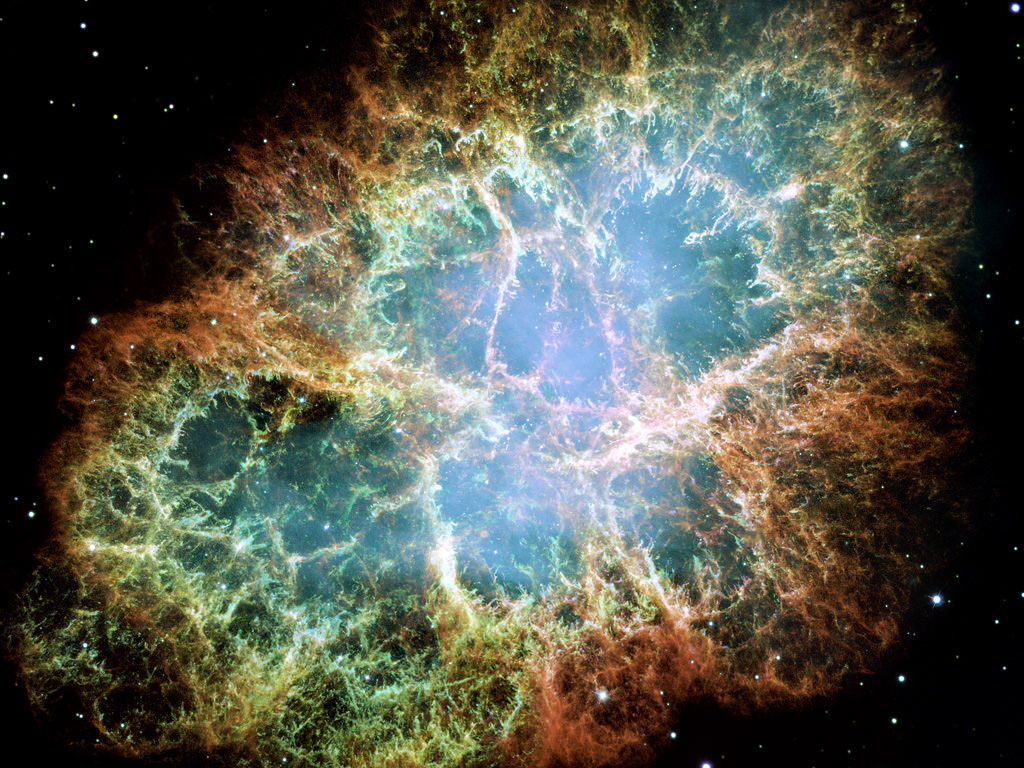Thanks to the Hubble Space Telescope, we all have a vivid image of the Crab Nebula emblazoned in our mind’s eyes. It’s the remnant of a supernova explosion Chinese astronomers recorded in 1056. However, the Crab Nebula is more than just a nebula; it’s also a pulsar.
The Crab Pulsar pulsates in an unusual ‘zebra’ pattern, and an astrophysicist at the University of Kansas thinks he’s figured out why.
Continue reading “The Strange Pulsar at the Center of the Crab Nebula”

